The Ultimate Guide To Buying A Toyota AW11 MR2 Icon

Owning an AW11 is amazing, and it’s something that every petrolhead should experience at some point in their lives. That said, getting your hands on a good example can be complicated if you don’t know what to look for.
But fear not, for we’re here to show you exactly what to look for when buying one of these appreciating classics. To start off, let’s look at the two different types of AW11 MR2.
The Generations
While the AW11 is the first generation of the MR2, it is actually split into two different versions: the Mk1a and the Mk1b. There are many notable differences between the two that are worth considering when buying, so let’s go over them.
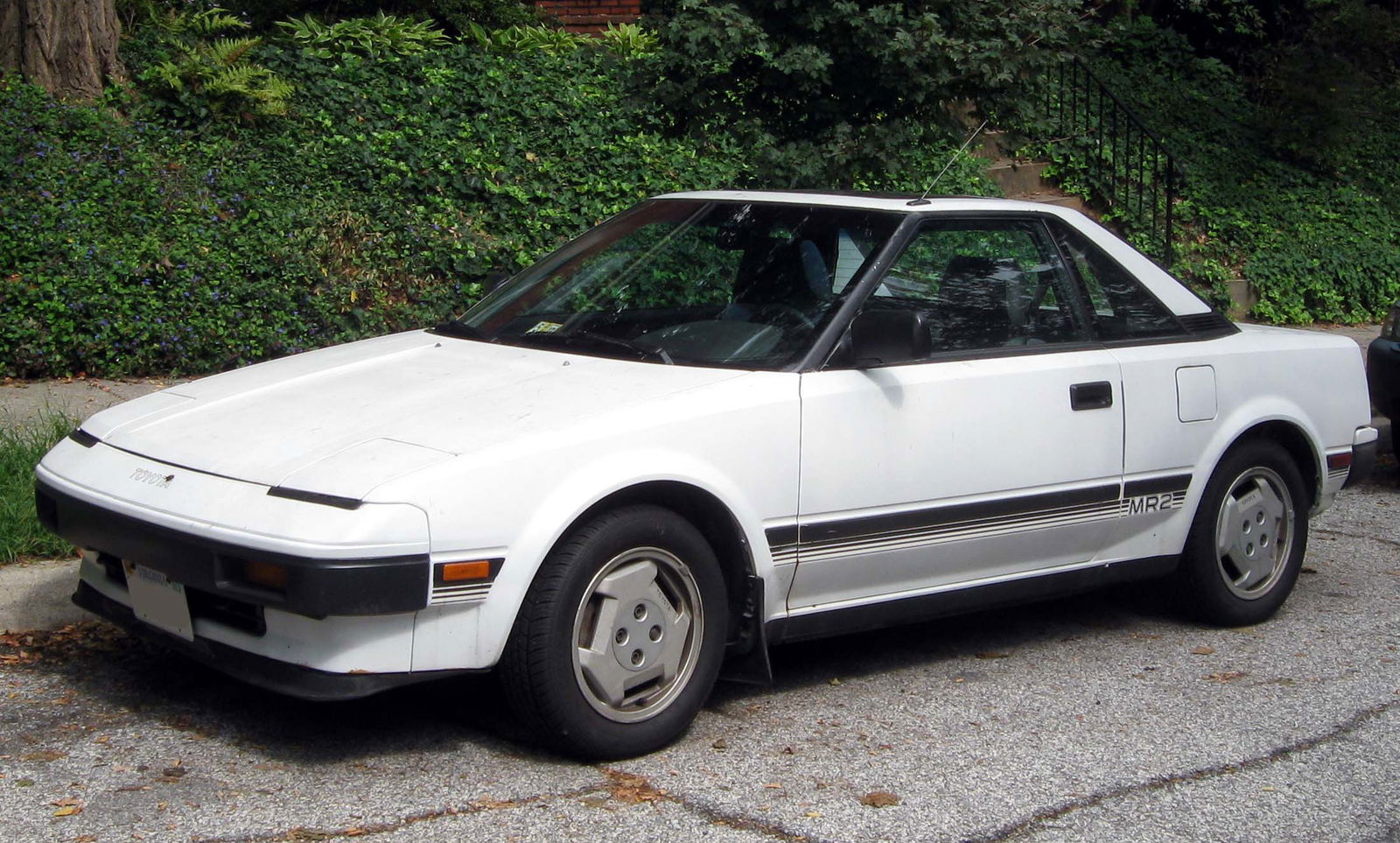
Mk1a
The Mk1a is the absolute first version of the AW11, made from 1985 to 1987. The most notable features are:
- 3 Rib 4A-GE Blue-top
- Map sensor and air filter in engine bay
- C50 Transmission (known for issues with 5th gear popping out)
- Smaller rear anti-roll bar (no rear ARB as standard on USDM models)
- Black unpainted flat front bumper
- Black headlight eyebrows
- Black 2-inch, one-piece rubber front lip
- Front and rear mud flaps
- Sometimes no spoiler
- Aerial located on roof
- Three-spoke triangle alloys
- Earlier steering wheel (same as AE86 steering wheel)
- Mk1a door cards
- Two-tone colour coordinated seats
- Earlier clocks
- Subwoofer under drivers seat
There is also a super-rare version of the Mk1a known as the W10 which was made only for the Japanese market and so is rarely found outside of Japan. It featured a 1.5-litre 3A-LU SOHC engine, had no spoiler and had drum brakes on the rear, as well as different suspension. The W10 is to the AW11 what the AE85 was to the AE86.
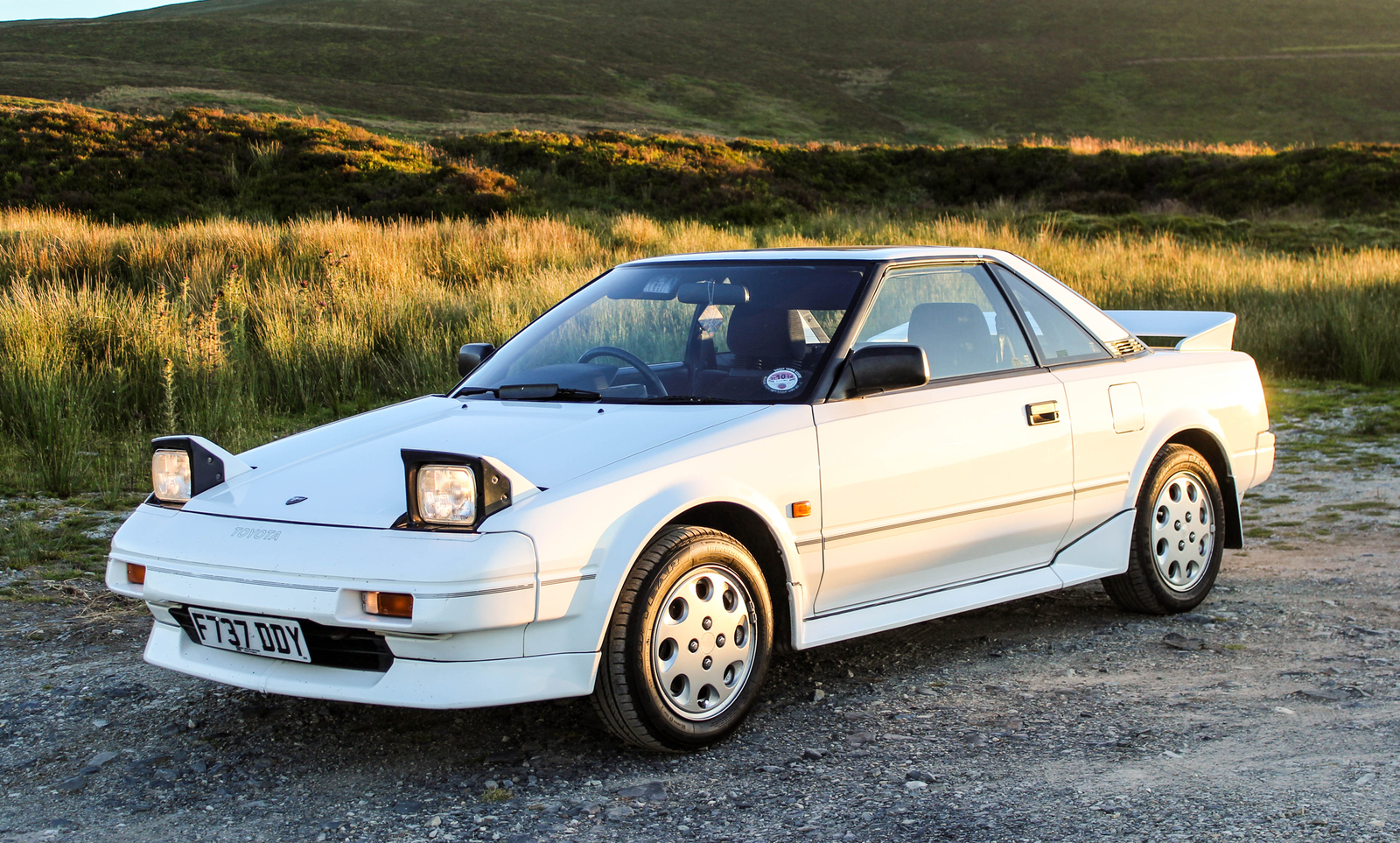
Mk1b
The second revision of the AW11 is the Mk1b, made from 1987 to 1990, and is what I own. It features:
- 7 Rib 4A-GE Red-top
- Air filter in boot with MAF sensor relocated to a smaller unit (differs with USDM models)
- C52 Transmission (fifth gear issues fixed)
- Thicker rear anti-roll bar (no rear ARB as standard on USDM models)
- Body colour painted slanted front bumper
- Body colour headlight eyebrows
- 4-inch two-piece split plastic front lip
- Rear mud flaps only
- Always fitted with spoiler and fibreglass sideskirts as standard
- Aerial relocated to rear right wing next to spoiler
- Teardrop alloys
- Later leather wrapped three-spoke steering wheel (differs with USDM models)
- Different Mk1b door cards
- Single colour velour or leather seats
- Revised clocks
- No Subwoofer but rear speakers added behind headrests
There are more subtle differences between the two generations, namely mechanically, making some parts non-interchangeable. You can see a complete list here.
If shopping for an AW11 you’ll most likely find that most cars are Mk1bs rather than Mk1as, with good condition Mk1as also being more expensive. It’s worth noting that both the Mk1a and Mk1b were made during 1987. As a result, it’s not uncommon to find 1987 models have a weird combination of Mk1a and Mk1b features.
So what should you look for when buying an AW11?
Rust
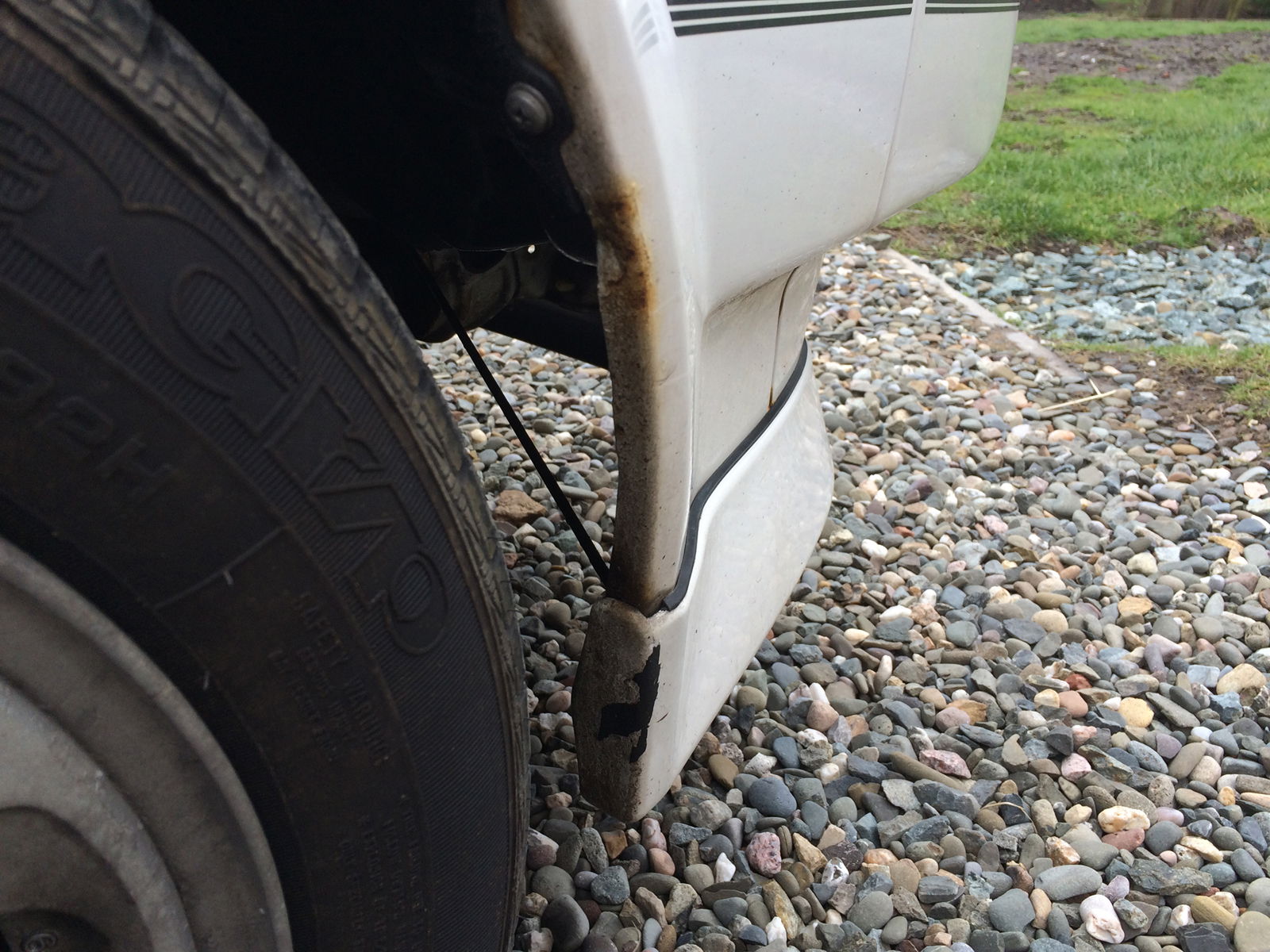
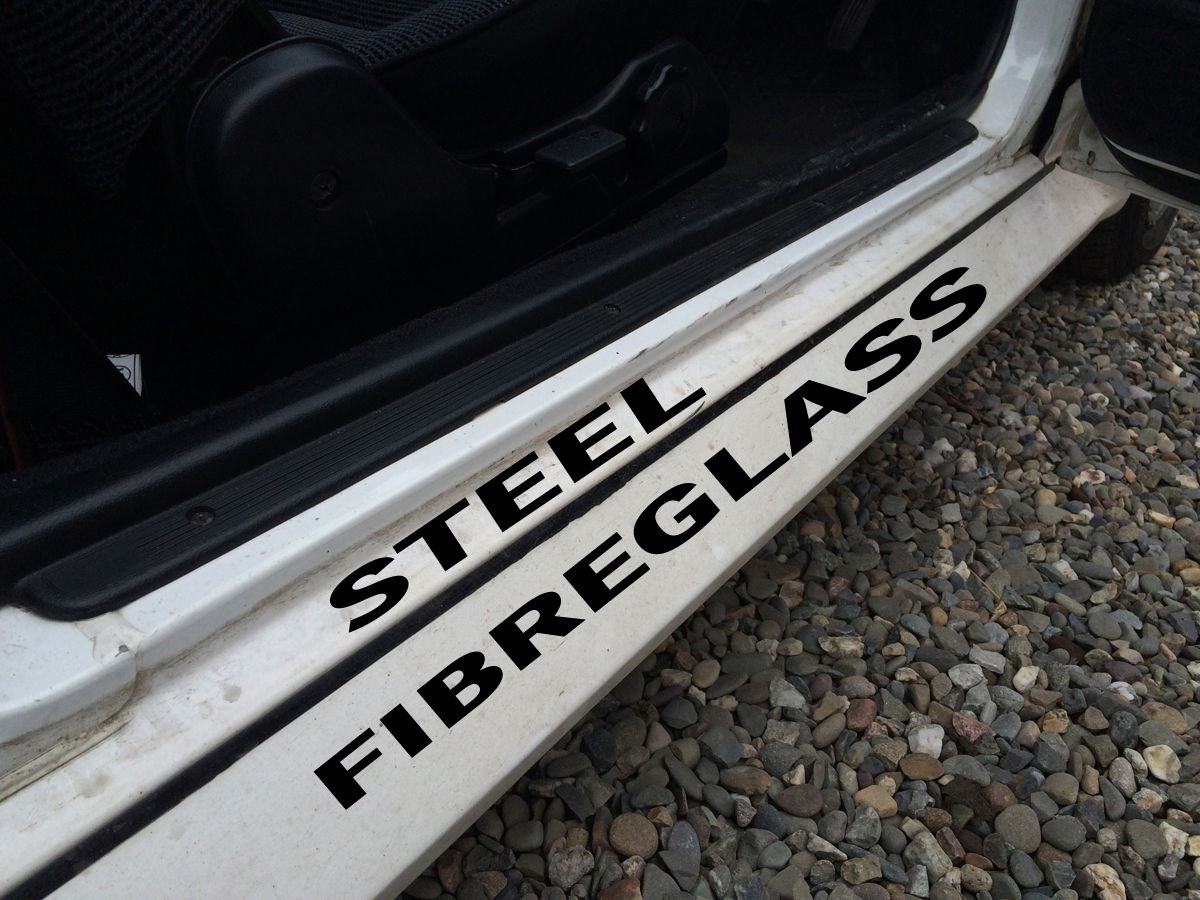
As with most old cars, the biggest killer of the AW11 is rust thanks to its steel body. What makes it worse is that it can pop up in dozens of places, though some places are more prominent than others.
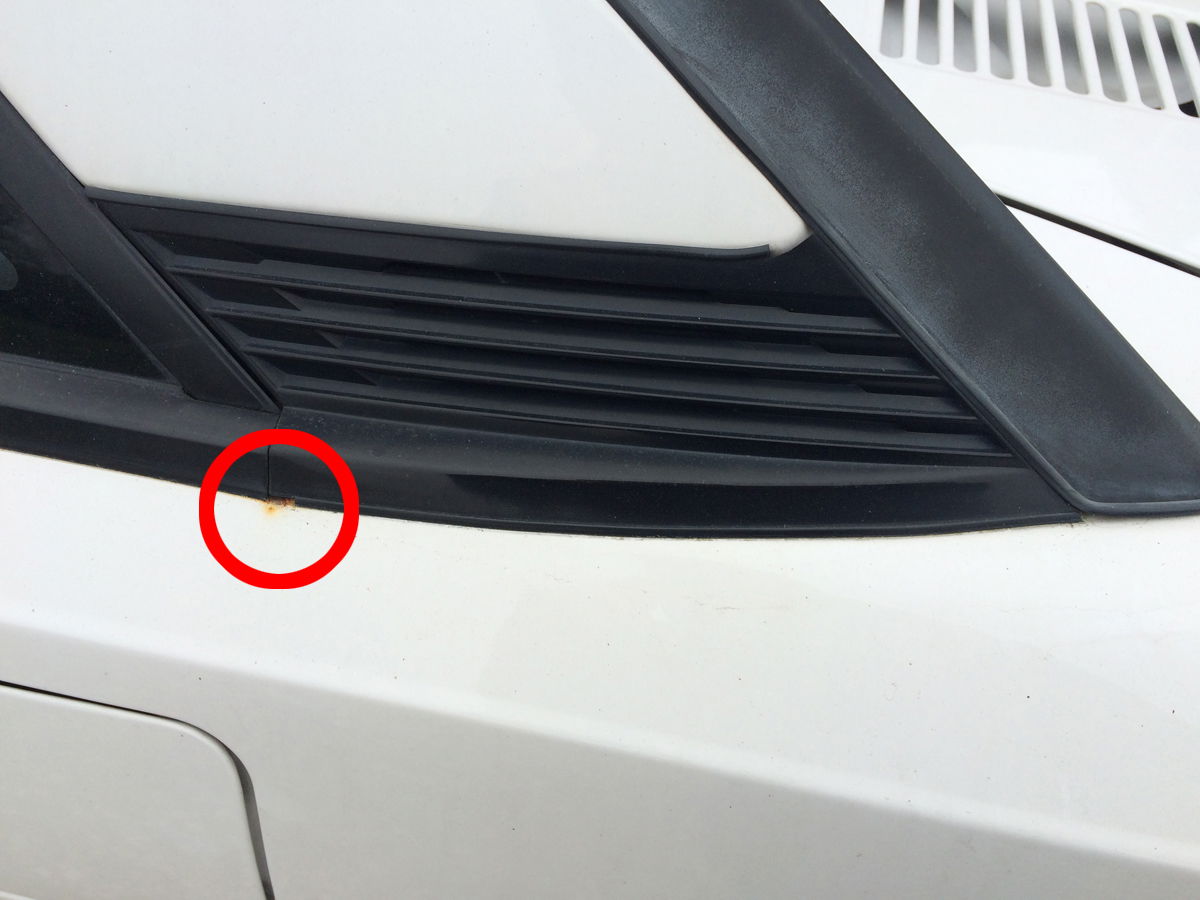
Two of the most common places for rust to visibly get at an AW11 are the arches and sills. The arches are easy to examine, but on Mk1bs examining the sills is difficult. You can get a decent look at them by opening the doors and looking at the split between the skirts and the body itself.
The skirts are fibreglass so they won’t rust, but the body is steel, so look for any signs of rust creeping out from the seals. If it makes it far enough that it’s visible by just opening the door, the car is toast. You can also get a decent look by getting underneath the car and examining from there - check absolutely everywhere, get into every little nook and cranny you can and don’t be afraid to be thorough. You may find there is some surface rust underneath which is normal, but if there are visible holes in metal then avoid the car. Rust tends to hide beneath carpets in the boot, frunk (front trunk) and in the cabin itself on the floor pan, so be sure to go digging.
The Engine
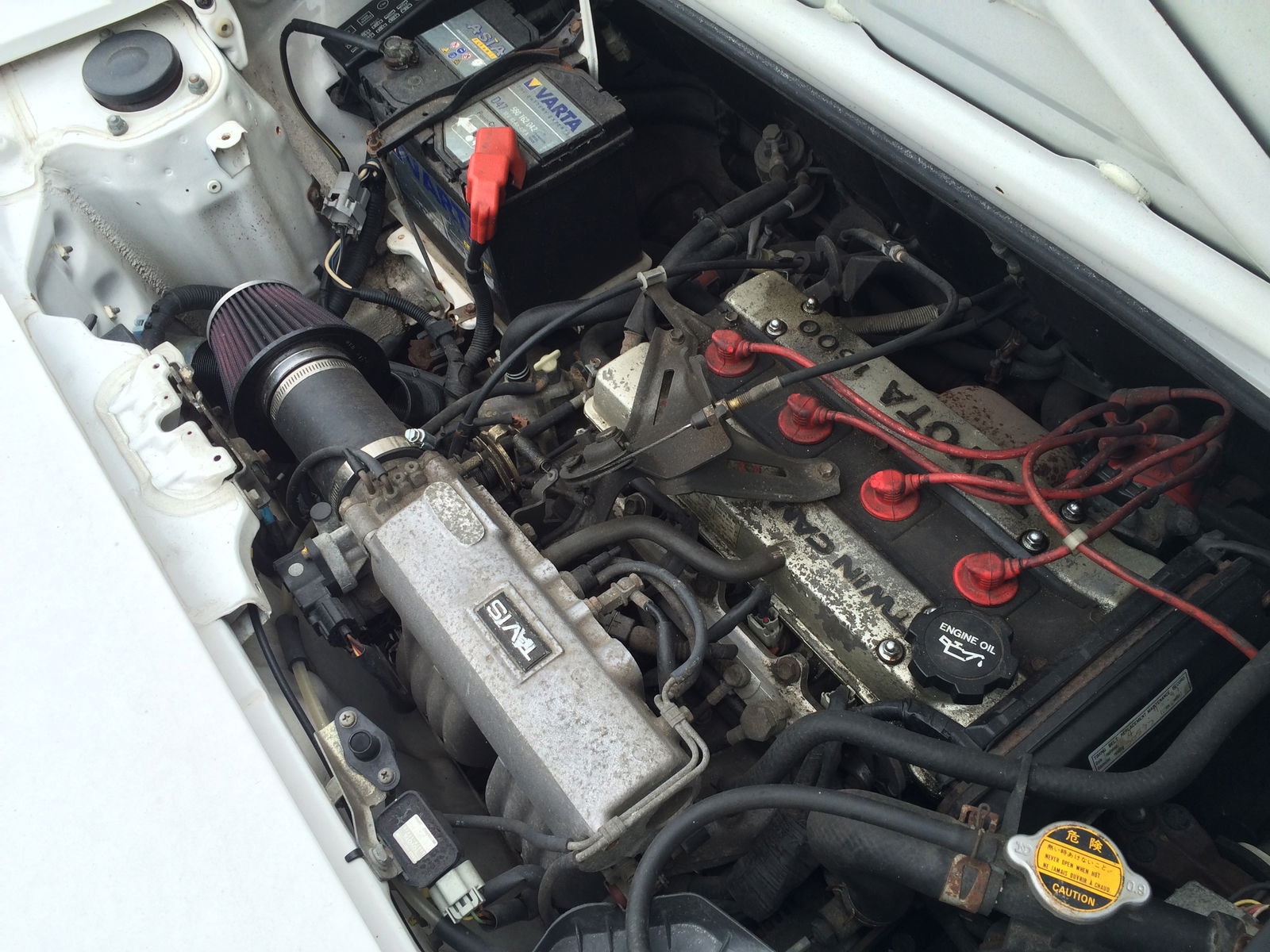
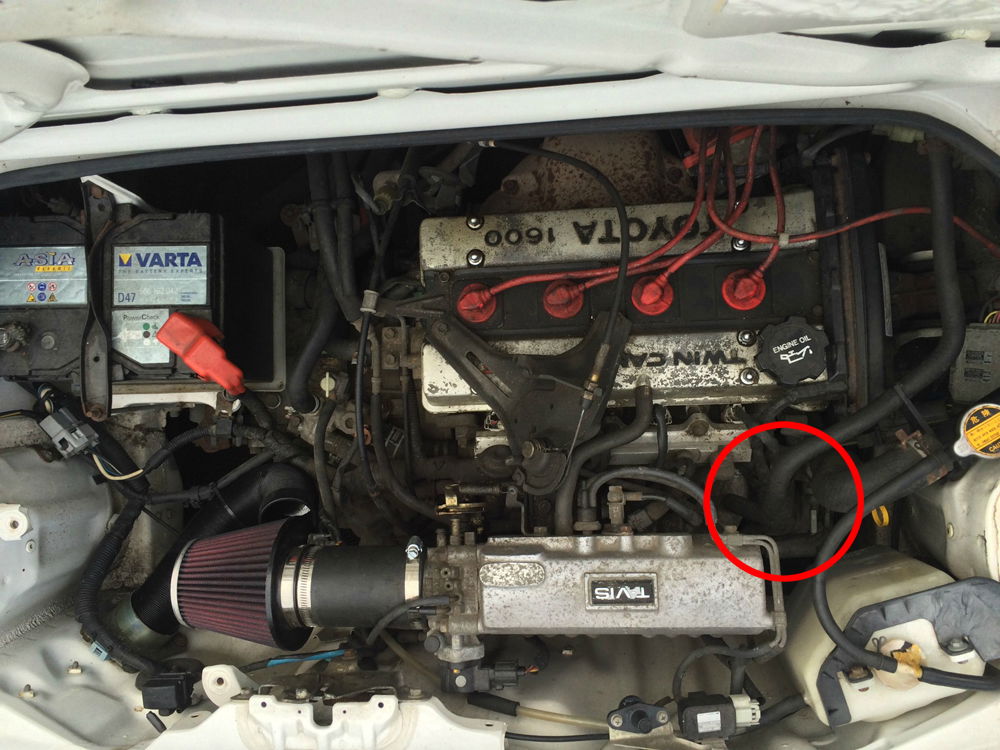
The 4A-GE is a superb little engine that can go for a very long time with next to no issues. As usual make sure the engine has had all of its fluids and usual belt checks done regularly.
Common faults include gasket failure, which should be easy enough to spot from oil leaking out of the sides of the engine, though since the engine bay is so compact and difficult to look around, this is easier said than done. Due to the design of the engine bay cover, rain is dripped all over the alternator and battery causing issues, so look for any corrosion there. Both are easy to fix so it’s no deal-breaker, but something to be aware of.
You may notice several things when you first start the car, the first of which will be the car idling at about 2000rpm. This is normal because the AW11 has an automatic choke that winds the revs down slowly as the engine warms up.
You might also sometimes hear a tapping ‘typewriter’ sound coming from the head. The 4A-GE is notorious for this issue, caused by the tappets going out of adjustment over time and making noise - something my car has developed. Again, this is nothing to worry about too much as it can be fixed by replacing or reshaping the valve shims.
(Whilst in the engine bay, check all around for any rust on the sides).
The start-up sequence should be pretty straightforward, and should look like the following video - all lights should light up, then go off when you start. Voltage should stay high as the engine runs. If it dips over time this is a sign of a faulty alternator, though you may notice small dips in voltage when operating lights, heating and windows. Also be sure that the oil pressure goes up as it should.
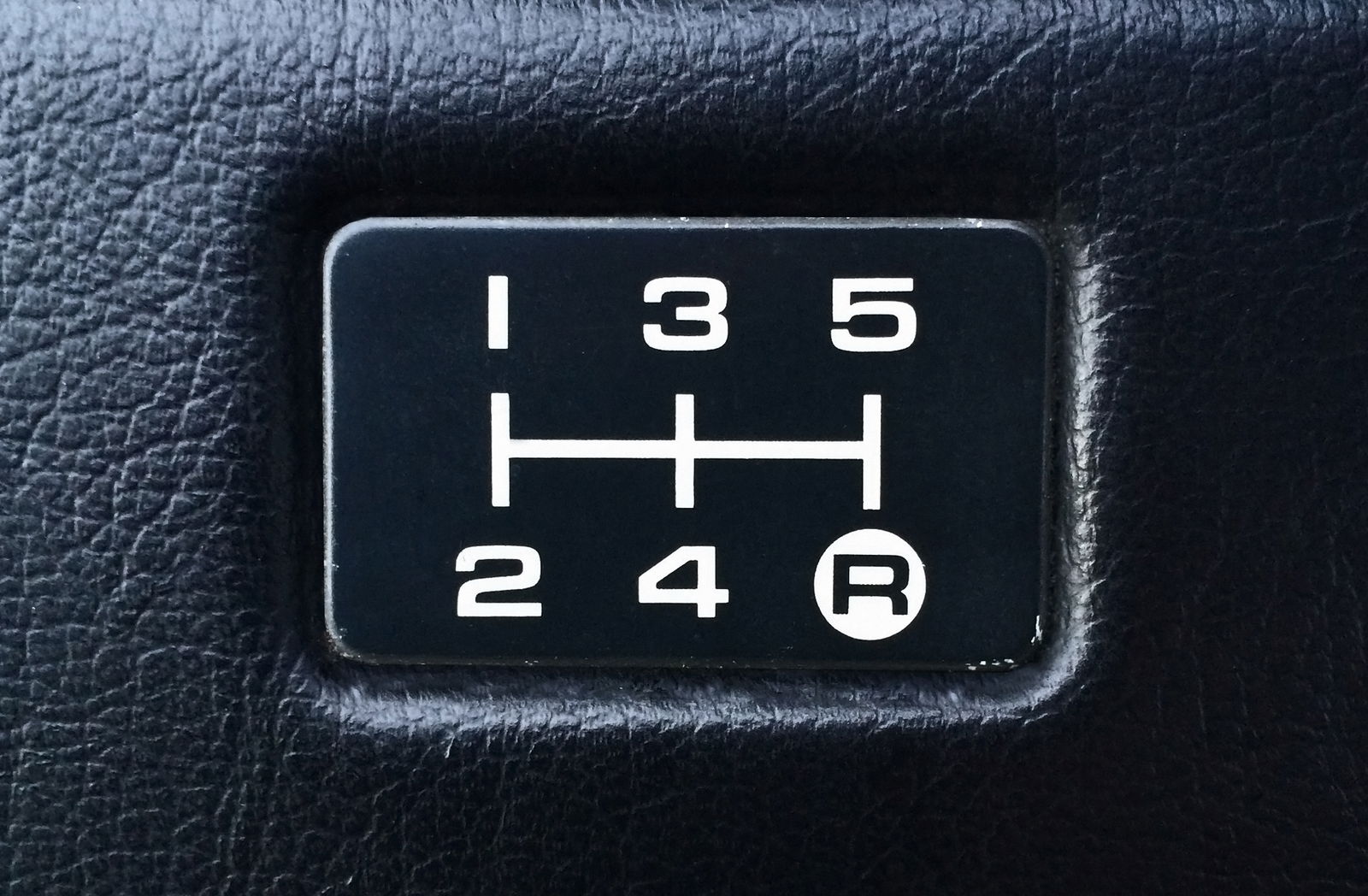
Transmission
The transmission in the AW11 is a C50 or C52 transaxle gearbox taken from a front-wheel drive E80 Corolla, and is an absolute peach to use thanks to its short throw and perfect position. However it can also be a common source fo problems for the MR2.
The first problem is that there was a notorious issue of jumping out of fifth gear, especially in the earlier C50 transmissions. The C52 had measures to prevent this issue and so it is much less likely to happen, but is still possible. The problem is usually from the main input shaft and output shaft bearings wearing away over time.
There are a few ways to fix this. One is to completely rebuild the gearbox which is of course a difficult task for the amateur mechanic. Changing the engine mounts, fork and hub can also help reduce the issue.
A second problem that you may experience is that the car is in need of a new clutch. A test for this is to put the car into third gear while stationary, put one foot on the brake and slowly let the clutch out. If the clutch is healthy, the car should just stall out, however if you’re able to take the clutch all the way out then it is due a replacement.
Also be sure to check the clutch master cylinder reservoir under the bonnet at the front, make sure that the fluid is a healthy colour i.e. not black or dark brown, and that it is at a suitable level. You can take a look at the brake fluid reservoir while you’re there.
Electrical Systems
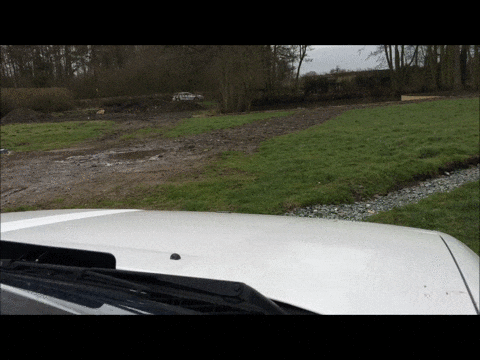
Fortunately due to being an old car, the AW11 doesn’t have too much in the way of electrical systems - they’re generally pretty solid too - but they’re worth giving a check over anyway just in case something does crop up.
Firstly, check that the headlights go up and down at a reasonable speed and don’t sound like they’re struggling at all. They should go up instantly, and go down after a second or two when you flick the switch back down. They should also go up when you pull the indicator stalk towards yourself. Motors can sometimes play up - mine decided they occasionally didn’t want to go back down in cold conditions, but they fixed themselves. Another great feature of the AW11 is the ability to lock your headlights in the ‘up’ position, should the motors break. To do this, push the headlight switch in, and then twist it to the fourth setting - this will turn the lights off but leave them up.
Next on your list to check is the electric mirrors. The control should be located behind the steering wheel and should be pretty obvious. Check that both mirrors move in all directions happily.
You may want to test the sound system, though be aware that they are likely speakers from the 80s and so sound terrible by today’s standards. If you have a Mk1b also be sure to check the rear speakers are working as well as fronts. While you’re checking the sound system - if it’s a Mk1b - check that the aerial goes up an down okay, these are known to break or malfunction quite a lot, so don’t be surprised if you hear that it isn’t the original aerial; this is very common and nothing to worry about.
Finally, do a regular check to make sure all the lights work. This is of course a standard check to do when buying any carand this also extends to the dash clock and dash lights shown in the video above. There’s also a dimmer on later Mk1bs for the clock brightness which is worth checking if available.
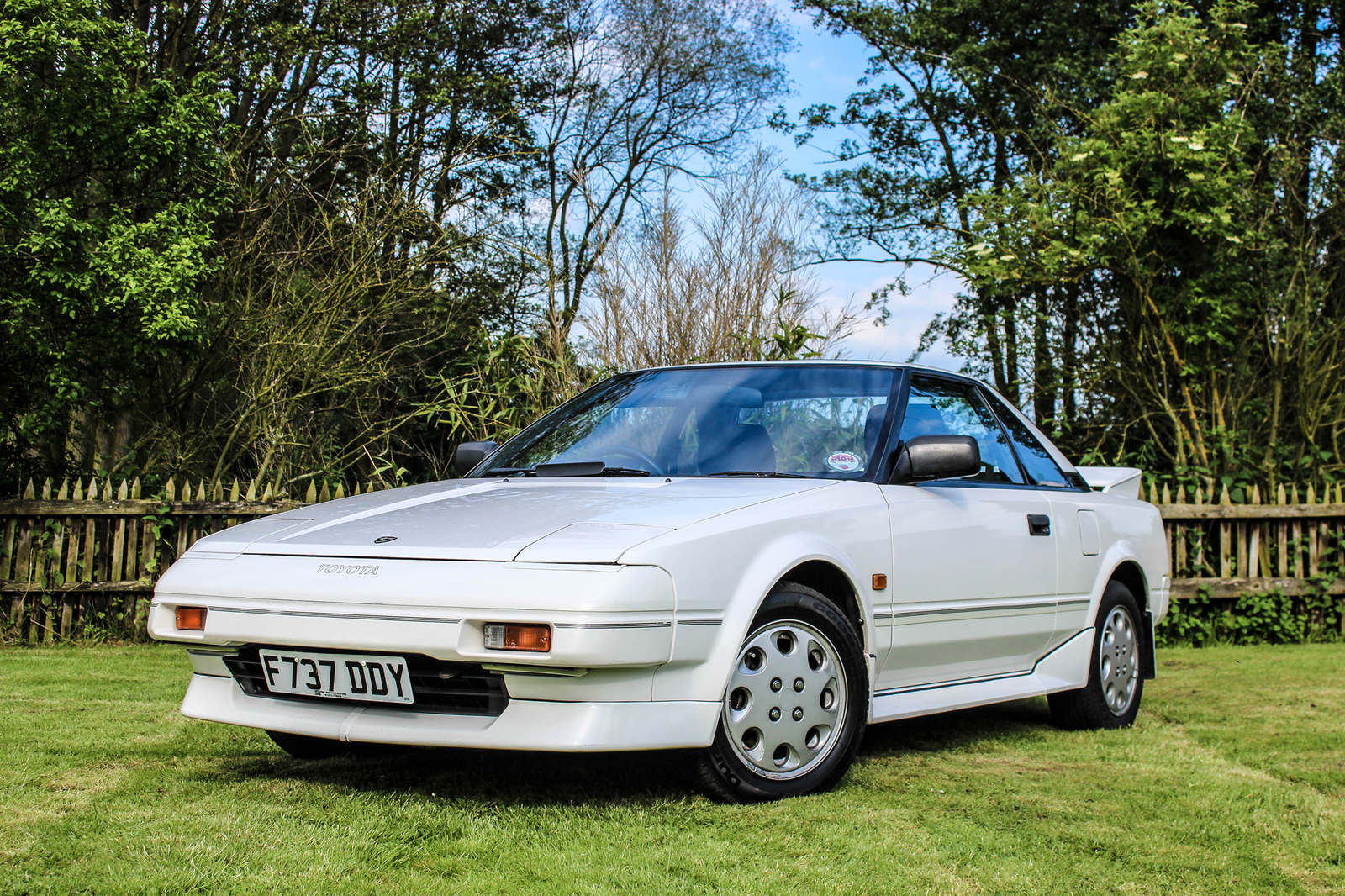
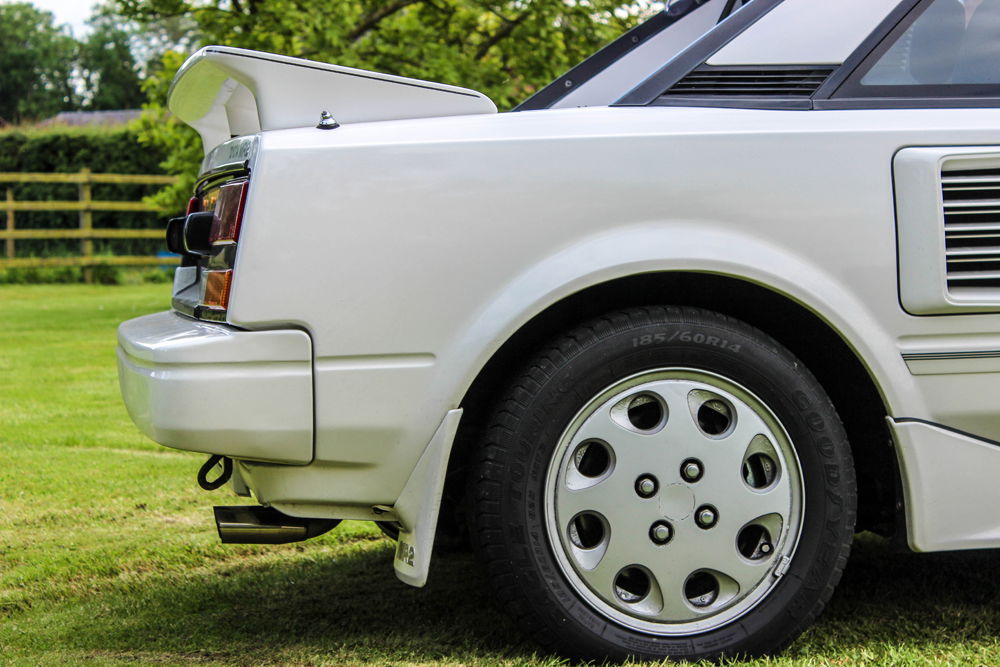
Paint and Bodywork
This is the area where the MR2 can really vary depending on the owner, and it’s down to your own keen eye and judgement to decide how this will reflect on the quality of the car you’re buying.
Unless the previous owners have been particularly diligent, it’s not uncommon for the paint on an AW11 to be in fairly bad condition, despite the rest of the car being in good condition. My car (pictured) lived inside for much of its life and was washed regularly so it has aged quite well, but there are several signs to look for to see if the car has been resprayed or repaired.
Apart from slightly mismatched paint, you can check to see if the car still has the original sealant between body panels. The obvious parts to be changed are the front and rear wings, so check the seams in the boot, engine bay and frunk to make sure the sealant looks original. If it isn’t body coloured, or looks very fresh, it’s most likely due to a replaced panel. If the owner lets you know a panel has been replaced it’s always good, but be sure to look for rippling in the metal on the shell to make sure the car hasn’t suffered damage in a crash. Also look for suspicious panel gaps. The left headlight and right side of the rear bumper are regularly slightly misaligned, so don’t worry about those too much.
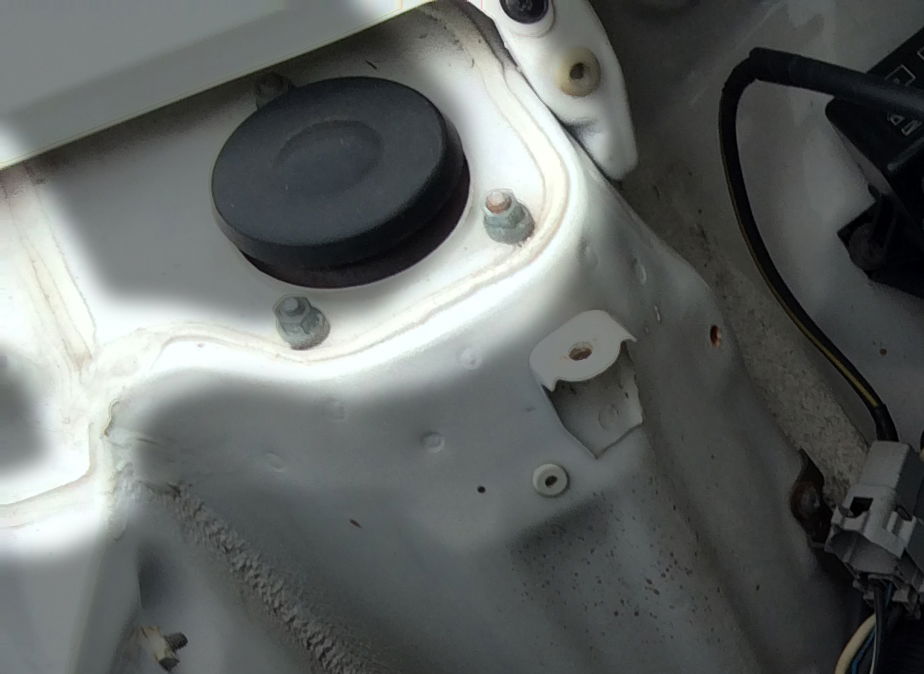
As well as looking for mismatched colours, look for runs in the paint and over-spray at the edge of panels over plastic trims. This is a tell-tale sign that the car has been touched up, and potentially hiding damage.
So what if the respray was done well? It’s entirely possible that rusty arches and sills have been filled and resprayed to a decent quality and so are harder to detect, but not impossible. While being a steel-bodied car does leave the AW11 prone to rust, it’s also very useful in helping you detect hastily-repaired body panels.
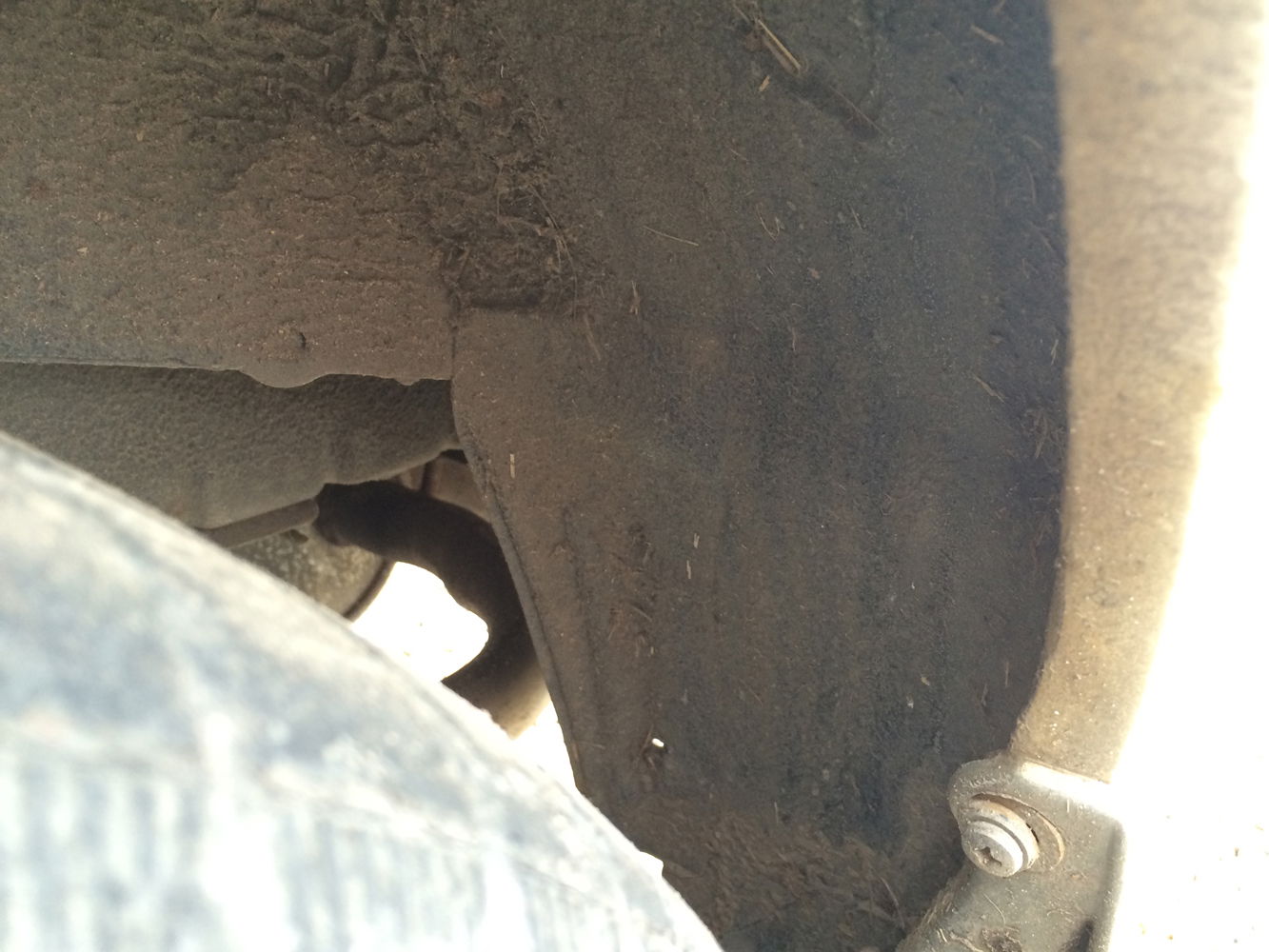
How? Steel is magnetic, rust and filler are not. If you have a magnet handy, put a soft piece of cloth over it to protect the paint and run it over any places where rust may have been repaired. If the metal is good, it should strongly attract a magnet, however if you go over a patch where there’s rust or filler hiding beneath the paint, the magnet will stop sticking. Sills, arches, roof lines, beneath the bumpers and around the engine cooling vent are all good places to check.
Finally, check the rear arches for any signs of repairs. The usual sign of this is a smooth texture against the back, suggesting that the arch has been replaced. A normal arch should actually have a mottled orange peel like texture.
Of couse, look for a clean, unworn interior, regular servicing and a full service history.
Prices
If you’re in the UK, these are the following prices you should expect to pay for cars of varying quality.
There seem to be four common conditions (five if you count rusted beyond recognition) in which you can buy an AW11. Owners tend to be fairly reasonable when it comes to pricing with respect to condition, though you will always find somebody that wants more than is reasonable. To keep things simple I’ll break it into three price brackets and tell you what you can expect to find in each:
Bracket 1 - Low Tier
- Price Range: £800-1800
- Mileage: 100,000+ miles
- Bodywork Condition /10: 0-5/10
- Interior Condition /10: 0-6/10
- Engine Condition /10: 0-8/10
- Rust Damage: Extensive rust - often beyond repair.
- Service History: Either little or troubled history
- Generations to find: Mostly if not entirely Mk1b
Summary: Best avoided unless for spares or completely rebuilding which will be costly.
Bracket 2 - Medium Tier
- Price Range: £1800-2600
- Mileage: 70,000 - 100,000+ miles
- Bodywork Condition /10: 5-7/10
- Interior Condition /10: 6-8/10
- Engine Condition /10: 8-10/10
- Rust Damage: Likely a few smaller rust spots, some repair possibly needed.
- Service History: Some history or full history with a few previous problems.
- Generations to find: Mostly decent condition Mk1bs with a few lesser condition Mk1as.
Summary: Decent condition, engine may need work and bodywork will likely need some attention. Electrical problems to be expected. Otherwise solid car.
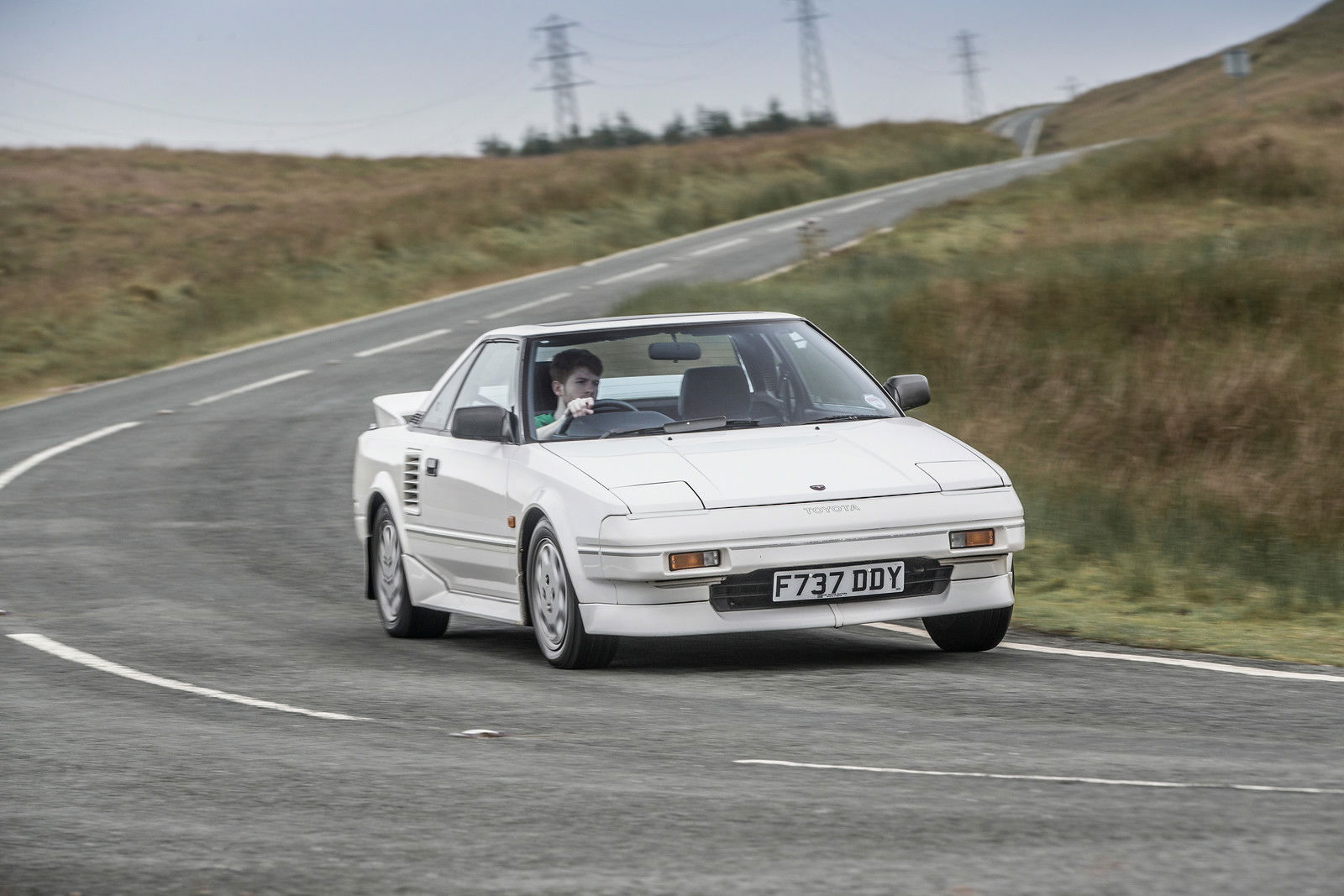
Bracket 3 - High Tier
- Price Range: £2600-4000
- Mileage: 40,000 - 80,000 miles
- Bodywork Condition /10: 7-10/10
- Interior Condition /10: 8-10/10
- Engine Condition /10: 8-10/10
- Rust Damage: Little to no rust.
- Service History: Full history with little to no problems.
- Generations to find: Mostly superb condition Mk1bs with decent Mk1as
Summary: Very good condition car, a few small rust spots may be found but nothing that can’t be fixed with little effort. Possilby a few minor faults but overall a very good car.
Bracket 4 - Concourse Tier
- Price Range: £4000+
- Mileage: 20,000 - 50,000 miles
- Bodywork Condition /10: 9-10/10
- Interior Condition /10: 10/10
- Engine Condition /10: 10/10
- Rust Damage: No rust, spotless paint
- Service History: Comprehensively documented service history with very few issues.
- Generations to find: Concourse condition Mk1bs and good condition Mk1as (concourse condition Mk1as are very rare).
Summary: Overall spotless car with little to no imperfectons, any imperfections at this price range should be used as leverage to bring the price down.
And that’s all there is to it! Be thorough, and try to see the car for what it is, rather than letting the lust for the car get the better of you. A rushed purchase could leave you with a money pit that will leave you disappointed and frustrated, so take your time, use your head and you can’t go wrong.
Happy hunting!

Comments